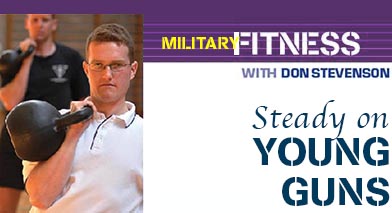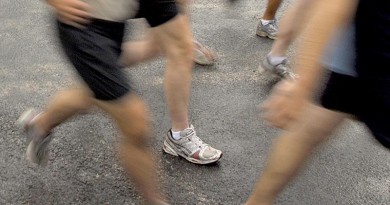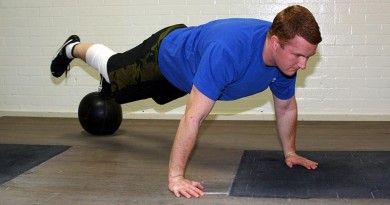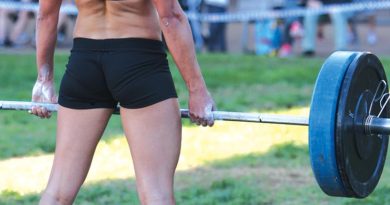Military Fitness – Part 39

![]()

Over the past few years, I’ve helped a wide range of people achieve their military-fitness goals – from men and women in their 40s and 50s looking to join the reserves, through to serving soldiers who are attempting commando and SAS selection.
But, by far one of the biggest groups I have given advice to are school and university students looking to join the ADF.
This group is both one of the most rewarding to work with and, for reasons I will soon explain, the most frustrating.
In this article I want to outline some of the factors that should be taken into consideration by those in the 15 to 21 age bracket when training to join the Defence Force and explain some of the common mistakes this group makes.
Pet Peeve
Ok let’s get my pet peeve of training students out of the way before we get to my recommendations.
In my opinion as a fitness trainer, parent, multiple-career holder and generally cranky older guy, is that young people want to have everything and they want it yesterday.
Every 16 year old who I give advice to online wants to know what they should be doing to get fit for SAS or commando selection – even though they are still at school and can barely squeeze out a handful of pushups!
I’m not suggesting that having ambition and goals is a bad thing. But no one seems to understand that becoming a special-forces soldier is a long and arduous journey and is, in reality, only for a select few.
My advice for anyone who is still in high school is to focus on one step at a time. Finish school, join the ADF, pass recruit training, get out in to the ‘real Army’ – and then think about where you want to go.
You won’t understand it now, but even if it takes you 10 years to get there, you’ll still be young at 26 with a lot of life ahead of you.
The second big mistake that young people tend to make is being underprepared and rushing their preparation for the entry fitness tests.
Even though you only have to do a handful of push-ups and sit-ups and run a 6.5 or 7.5 on the beep test to get into the ADF, it would be folly to think that this is sufficient to survive recruit training.
Entering the military with a bare pass in the entry fitness test is taking a huge risk and often leads to injuries and remedial training after you fail the harder fitness tests.
A less common but still problematic approach is to try and do too much.
When you are under about 25, your body still has a lot of maturing to do.
While weight training is safe for teenagers and should be a part of your program, getting overenthusiastic and training too much can also lead to injuries.
The same goes for trying to get fit by running 100km every week.
And the worst approach is the one where you combine a world-level marathon program with weight-training days, then add in the SAS preparation program just to be sure!
So – down to it
So how do you dodge these potential problems and get a balanced program?
Learn to lift weights but do so under supervision and increase the loads gradually.
Find a decent gym or trainer in your area and learn the basics of barbell and dumbbell training. It might cost you a little bit of money for a handful of sessions but it will be worth it a hundred times over in the years to come.
Once you’ve learnt to lift weights, train three days per week on a very gradual progression. Even if you can add a couple of kilos a week to your main lifts, in a year or so you’ll be extremely strong. And strong people make better military members.
Perform cardiovascular training three to four days per week. Vary the length and pace of your runs from repeated 400m and 800m intervals to some longer 5-6km runs. Mix running with boxing, cycling, rowing and swimming for variety and to avoid overuse injuries.
Stretch and mobilise. You’ll never truly appreciate your body until the first time it breaks. You can’t prevent traumatic injuries by maintaining your flexibility and mobility, but you can prevent a lot of overuse problems with a little effort – and the earlier you start the easier it is to maintain.
Play sport. The whole point of developing fitness is to be able to apply it to the real world. Playing sport allows for the expression of your fitness and has a lot of other benefits such as learning to win and lose and to be part of a team – critical skills in the military.
In conclusion
The main point of this article is that, as a young ADF hopeful, you’ve got a lot of time up your sleeve and you should take the opportunity to develop your fitness in a sensible and progressive way.
And be patient!
.
.

.
.






